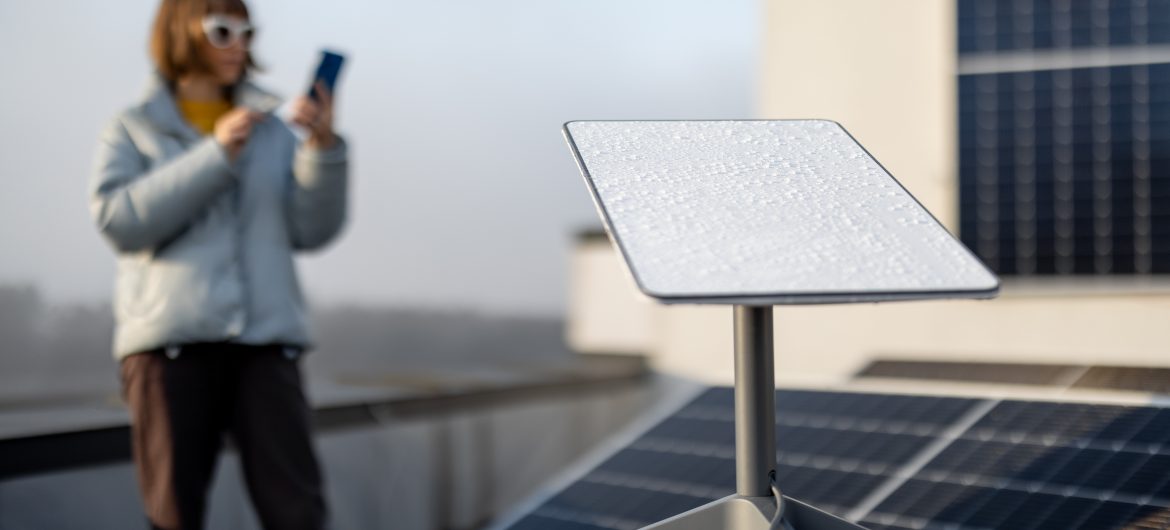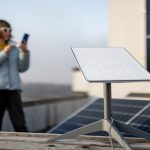Since the start of the protest movement in Iran, the Islamic Republic government has cracked down online communications. To circumvent this crackdown, more than a few hundred Starlink satellite dishes have been sent to Iran and are being used by supporters of the monthslong rights movement to communicate with the outside world. The Starlink dishes allow users to access the internet through satellite links that are not controlled by the Islamic Republic government. The use of Starlink for distribution of news and coordination of activists, however, is not without risk. In this short note we discuss some ways that reduce the risk of using Starlink for internet communication
There are two issues that are worth noting, jamming and detection of the presence of a Starlink dish.
- Jamming: First, Starlink is susceptible to “jamming”. This technique has been used successfully by the authorities for jamming of TV signals (so you cannot receive the signal) and can be applied here. However, as Starlink uses directed signals at relatively high frequencies (10.7 to 12.7 GHz), the application of this jamming method is far less effective. The probability of jamming can be further reduced by moving the equipment frequently. To date, jamming has not been an issue in either Iran or other places such as Ukraine.
- Detection: The second issue is that Starlink usage can be detected by authorities. There are three primary modes of detection; visual, heat, and frequency.
- Visual Detection: The visual detection is accomplished by the regime flying drones over the city among other methods: This type of detection of the user equipment can be solved easily by placing a cloth on top of the antenna. Placing a cloth over the antenna has little to no effect on its performance.
- Frequency detection: Starlink transmits in a frequency band and with power levels that can be detected by equipment installed in a moving car employed by the security forces as they drive by your location.
- Heat Detection: Because of the concentration of power transmitted from Starlink antenna, it generates a thermal footprint that can be detected using special infrared equipment. The security forces have such machines and can pinpoint the source of the heat and therefore identify the location of the Starlink antenna.
The heat and frequency detection are harder to avoid and there is no good solution to counter that. Therefore, we recommend the following course of action:
- using the service sporadically (20 minutes at a time and mostly for uplink)
- oving the user equipment frequently from one location to another that is at least a 500 meters away.
- do not use Starlink connection for accessing sites within Iran where the identity of the user is known. These include banking sites, money transfer sites, government sites and services that require you to login, and other similar sites.
- If you have applications on your mobile phone or other devices that identify you, such as banking apps, taxi apps, shopping apps, etc. do not use such devices to connect to the internet via Starlink.
- Use the Starlink connectivity solely for accessing the internet outside of Iran and even then, we recommend that you use a VPN to further protect your communication.
- Use of different browsers for accessing the internet inside Iran and outside Iran can also help in minimizing detection. For example, use Chrome for Iran and Safari for outside of Iran.
- Finally, do not tell others that you are using Starlink and hide the dish in a place that is not visible to others.
It is important to follow these guidelines as the use of Starlink is drastically different from using a tv dish and may lead to significant legal problems.



